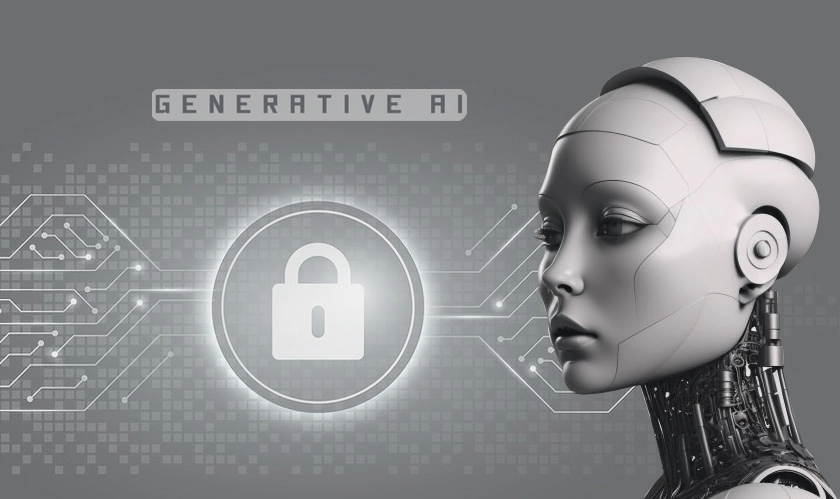Home Technology Cyber security Threat detection is now easy t...
Cyber Security

CIO Bulletin
21 March, 2023
The language model GPT-4, which powers the ChatGPT framework introduced earlier this week by Artificial Intelligence (AI) research group OpenAI, has been demonstrated as a co-pilot by cybersecurity experts in a new study report that was just published.
The research by the UK-based cybersecurity company Sophos describes initiatives created by its threat intelligence services Sophos X-Ops that make use of GPT-3's large language models to make it easier to find malicious activity in security software datasets, more accurately filter spam, and accelerate analysis of "living off the land" binary (LOLBin) attacks.
The language model GPT-4, which powers the ChatGPT framework introduced earlier this week by Artificial Intelligence (AI) research group OpenAI, has been demonstrated as a co-pilot by cybersecurity experts in a new study report that was just published.
The research by the UK-based cybersecurity company Sophos describes initiatives created by its threat intelligence services Sophos X-Ops that make use of GPT-3's large language models to make it easier to find malicious activity in security software datasets, more accurately filter spam, and accelerate analysis of "living off the land" binary (LOLBin) attacks.
“Since OpenAI unveiled ChatGPT back in November, the security community has largely focused on the potential risks this new technology could bring,” said Sean Gallagher, principal threat researcher, Sophos, speaking on the new initiative. He said that Sophos researchers have been observing “AI as an ally rather than an enemy for defenders”, making it a cornerstone technology for cyber security professionals. “The security community should be paying attention not just to the potential risks, but the potential opportunities GPT-3 brings,” he said.







